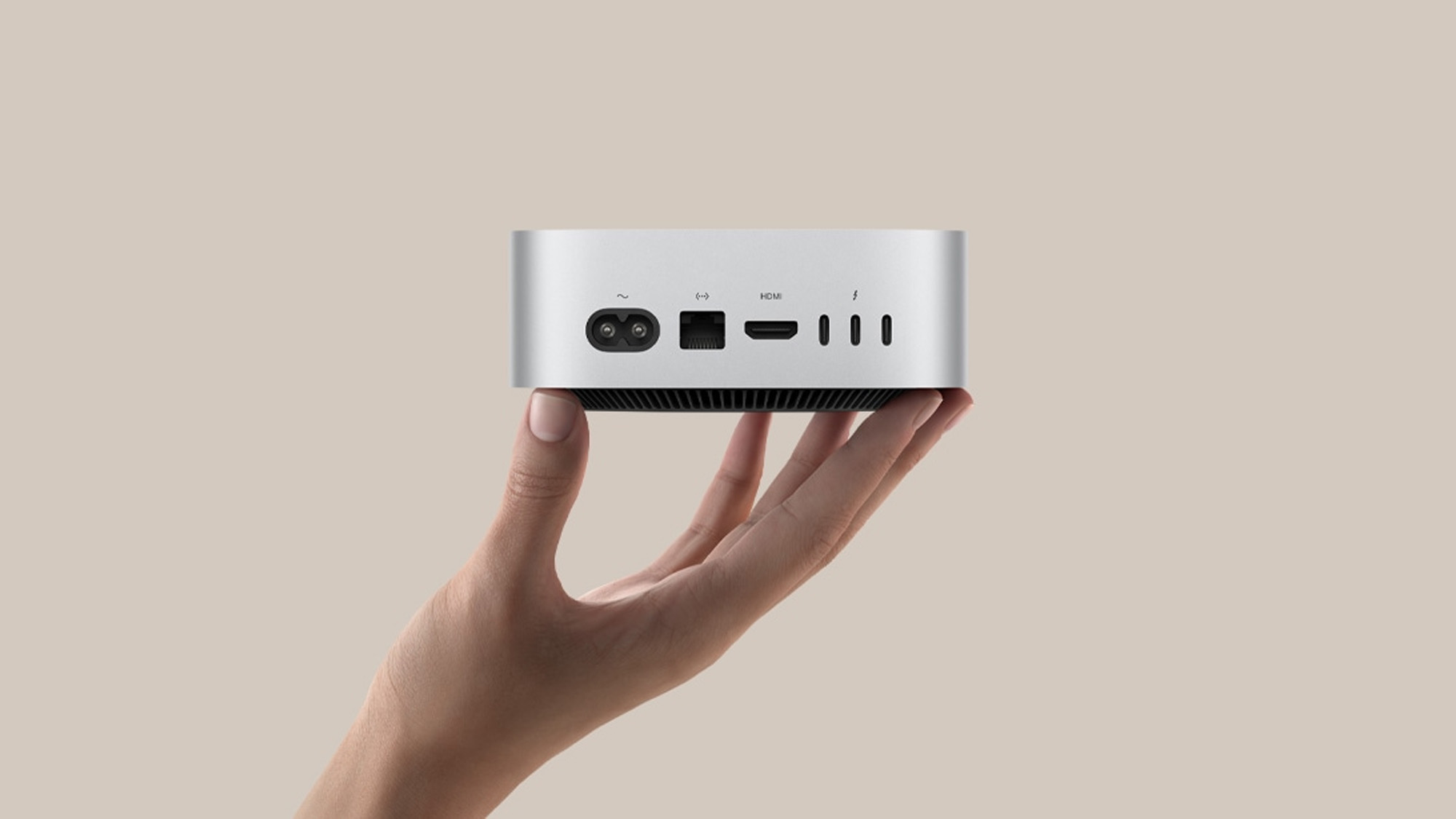
If you're rushing to get one of Apple's freshly-released M4 Macs, you'll need to install a software update immediately upon starting to use it to unlock all of its exciting new capabilities. If you ordered right away and receive your M4 iMac, Mac mini, or MacBook Pro on November 8, you'll find that these devices are running a unique version of macOS Sequoia 15.0 (24A8332) made just for these devices, which doesn't yet include Apple Intelligence.
In order to access macOS Sequoia’s new AI-driven features, including Writing Tools, a smarter Siri with new features and design, smart replies, notification summaries, and health hearing features for the AirPods Pro 2, you’ll then need to update your M4 Mac device to macOS Sequoia 15.1 (build number 24B2083).
If you’re restoring data from a backup of another Mac device that was already running macOS Sequoia 15.1, you’ll still have to update your device’s software as part of the data transfer process to make sure all the new features work seamlessly, according to MacRumors.
macOS Sequoia also introduced the well-received iPhone Mirroring feature to desktop and this update adds drag-and-drop capabilities to it.
Will Apple Intelligence be the first AI tool to win users over?
Apple Intelligence is expected to be a pretty significant development both for Apple and for consumer AI products in general. Going by Apple’s rhetoric, it’s invested a lot of time and resources into Apple Intelligence, while taking its time after other consumer AI products have bolted out of the gate to try and capitalize on the hype. Apple makes products that feel sleek and intuitive, and it’ll get people using Apple Intelligence and features powered by it if it successfully creates at least the illusion of easy, responsive AI.
Of course, time will tell if Apple is successful at making its users feel like this. M4 users in particular are well poised to feel the benefit of Apple Intelligence, with the M4 chips offering AI workload processing times of up to 46% faster than its predecessor, the M3 (according to Apple’s own figures, at least), and I’m eager to see how it impacts the overall macOS user experience along with Sequoia’s new developments.







